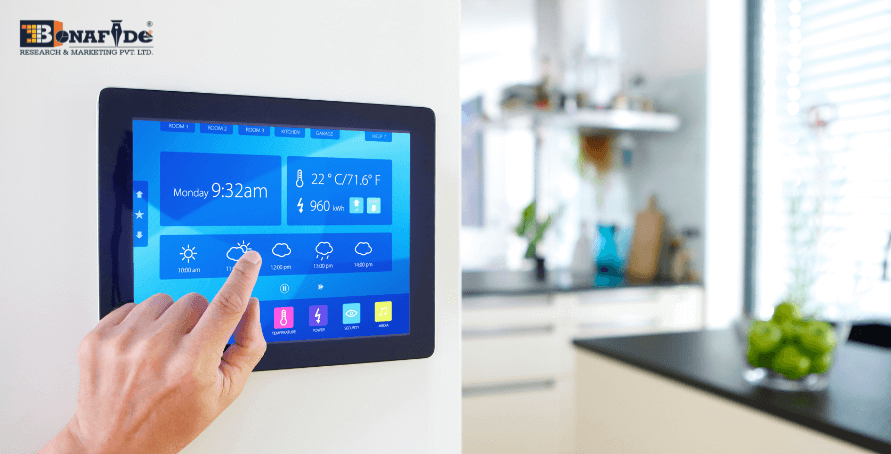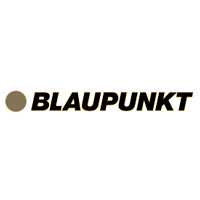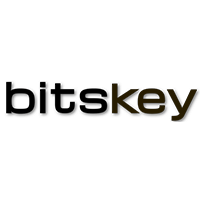Residential segment to acquire more than 67% of the smart home market in India by 2021-22: Bonafide Research

With the introduction of retrofit solutions, the prices of automation per room has come down drastically to a level which easily suits to the pocket of large population of India, that falls under middle class income group. Also the sheer size of residential segment over hospitality and commercial will provide a huge consumer base for automation players. All these factors will lead to residential segment covering up majority of the revenues in coming years.
The smart home market in the country consists of three major sectors viz. Hospitality, Commercial and Residential. The automation solutions in these sectors are further categorized into lighting, blinds/shades, servers, entertainment, security/access control, energy management, etc. Home Automation consists of lighting, blinds, hub/server, entertainment and others like smart sockets, cabling, triggers etc. Among all, the major chunk is captured by lighting control automation while blinds & shades control have least presence. Lighting control automation is expected to remain on the top place by 2027-28 as well. The is because lighting controls are more or less cheaper when compared to other automation solutions while the blinds control is the costliest among all.
According to recently published report of Bonafide Research, ""India Smart Home Market Overview, 2022-28"", hospitality segment which includes hotel exterior and hotel rooms dominated the home automation market in India till now. The number of premium and five-star hotels in India is limited and the automation is not an affordable affair for other mediocre hotels. Hotels that can afford automation are not in a significantly large number which will make them saturated at a certain point of time. Thus, saturation level of hospitality segment is expected to come at its earliest. The adoption of automation will be stagnant in this segment after some time whereas India being the second largest country in terms of population, residential segment will provide a wider scope for the automation players. The residential home automation market is divided into two major parts like 'New Residential' and 'Retrofit Residential'. Retrofit solutions are expected to be the growth drivers for smart homes market in coming years.
Retrofit solutions are available at a price as low as Rs. 8000 per room which will spur the demand and adoption of smart homes in the residential market. The only thing which is essential here is to bring awareness among people about the benefits of automation and that it has not remained a costly affair. It is necessary to convey that automation is now available at a price suitable to majority of the citizens in India. In coming three to five years, the average selling price of automation solutions is expected to come down whereas the disposable income of the people will increase and so will the need of comfort. Such scenario will act as a base for the growth of smart home market in India. On the other hand, commercial segment which includes industries as well as corporate offices has adopted mainly lighting and security access control solutions. Industrial plots usually cover a large area with installation of smart lights, street lights and flood lights. All these lights are accessed centrally and are automated; thus providing a significant amount of energy savings to the industrial unit. The aspect of security is based on the vast area industries cover that need a smart security & access control system which can provide safety from any unwanted activities or incidents.
Contact Us
Bonafide Research & Marketing Pvt. Ltd.
Steven Thomas – Sales & Marketing Manager
E-mail: sales@bonafideresearch.com
Telephone: +91-265-2331309/ +91-7878231309
Website: http://bonafideresearch.com/
 We are friendly and approachable, give us a call.
We are friendly and approachable, give us a call.
















